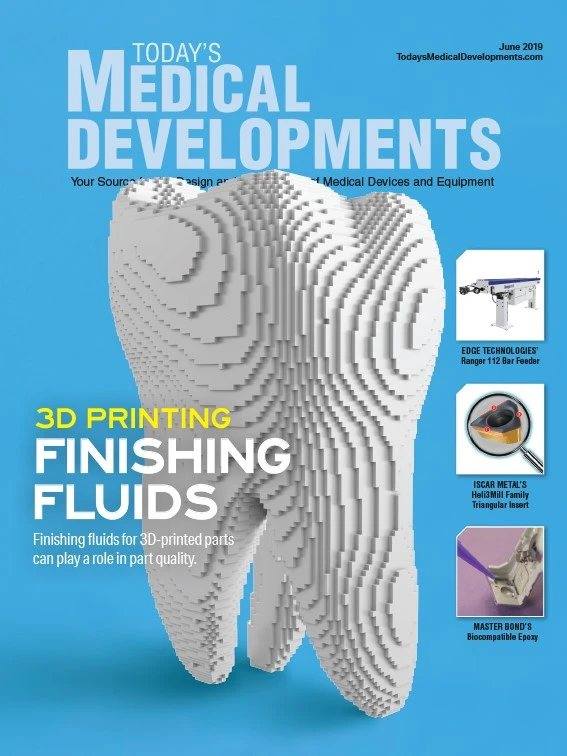
Integrating sensors at the intersection between a prosthetic and the wearer’s tissue generates data related to prosthetic function and comfort, such as the pressure across wearer’s tissue, that can improve further iterations and lead to more affordable electric-powered prosthetics.
Blake Johnson, Virginia Tech assistant professor in industrial and systems engineering, and his interdisciplinary team of undergraduate researchers, have made inroads in integrating such sensors within personalized 3D-printed prosthetics.
Yuxin Tong, an industrial and systems engineering graduate student, says the goal is to create engineering practices and processes that can reach as many people as possible, starting with an effort to help develop a prosthetic for one local teen.
Researchers started with 3D scanning data of a mold of a teenager’s limb. Those data guide sensor integration into the form-fitting cavity of the prosthetic with conformal 3D printing, which unlike 3D printing that deposits material layer-by-layer on a flat surface, deposits material on curved surfaces and objects. Integrating materials within form-fitting regions of 3D-printed prosthetics, instead of manual integration after printing, could match the hardness of the wearer’s tissue and integrate sensors at different locations across the form-fitting interface.
“Personalizing and modifying the properties and functionalities of wearable system interfaces, using 3D scanning and 3D printing, opens the door to the design and manufacture of new technologies for human assistance and healthcare, as well as examining fundamental questions associated with the function and comfort of wearable systems,” Johnson says. His research into prosthetic hands was inspired by his colleague’s daughter, who had been born with amniotic band syndrome.
While in utero, string-like amniotic bands restricted blood flow to Josie Fraticelli, affecting development of her right hand and causing lack of formation beyond the knuckles.
As they worked with Fraticelli, age 12 when the research began, they continued tweaking the prototype prosthetic by developing new additive manufacturing (AM) techniques that would better fit her palm, improving comfort and fit.
Personalizing the prosthetic increased the contact between Fraticelli’s tissue and the prosthesis 4x compared to non-personalized devices. Greater contact helped pinpoint where to deploy sensing electrode arrays to test pressure distribution, further improving the design.
Researchers ran sensing experiments using two personalized prosthetics – with and without sensing electrode arrays – finding pressure distribution changes when Fraticelli relaxed her hand versus flexing it.
“The mismatch between the soft skin and the rigid interface is still a problem that will reduce the conformity,” Tong says. “The sensing electrode arrays may open another new area to improve the prosthetics design from the perspective of distributing a better balance of pressure.”
Overall, Fraticelli feels that the personalized prosthetic improves her comfort level. Since her hand is soft and changeable under different postures and the prosthetic material is rigid and fixed, the level of conformity may continue to change.
Virginia Tech
https://vt.edu

Explore the June 2019 Issue
Check out more from this issue and find your next story to read.
Latest from Today's Medical Developments
- Siemens accelerates path toward AI-driven industries through innovation and partnerships
- REGO-FIX’s ForceMaster and powRgrip product lines
- Roundup of some news hires around the manufacturing industry
- Mazak’s INTEGREX j-Series NEO Machines
- The Association for Advancing Automation (A3) releases vision for a U.S. national robotics strategy
- Mitutoyo America’s SJ-220 Surftest
- #56 - Manufacturing Matters - How Robotics and Automation are Transforming Manufacturing
- STUDER looks back on a solid 2024 financial year







